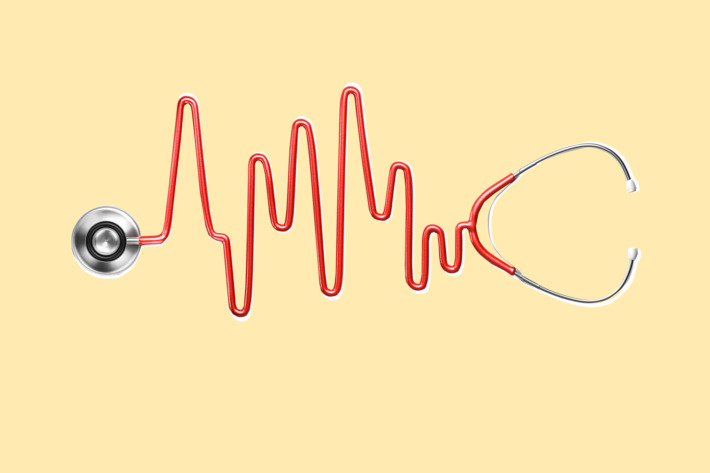Given its distance from the brain, neuroscience hasn’t had much to do with the heart quietly thumping in your chest. But to get a fuller picture of the mind, you need to start looking below the neck.
These matters of the heart are University of Sussex researcher Sarah Garfinkel’s speciality. Her recent work has built a strong case that both emotion and cognition are “embodied”: Over the past several years, she’s found evidence that the beats of your heart — and your awareness of that rhythm — shapes everything from anxiety to racism to stock trading.
Every time the heart projects blood, it pings pressure-sensitive receptors that send signals to the head. “The brain essentially flashes each time the heart beats,” she says, “and the degree of signal in the brain corresponds to how fast and how hard the heart is beating, so the brain is in dynamic, constant communication with the heart,” especially the amygdala and thalamus, regions associated with fear and pain perception, among other roles. Yes, she tells Science of Us, your brain is your brain, but it also represents the activity of our organs, and whether you realize it or not, these sensations guide the way you navigate the world. Recognizing this marks a shift in how neuroscience could be approached, she says: Rather than separating the brain and the body, the brain is seen as embedded within the body. Doing so could offer new treatments for things like anxiety, where drugs could target bodily processes as well as those in the brain, or behavioral techniques like meditation that make people more bodily aware.

